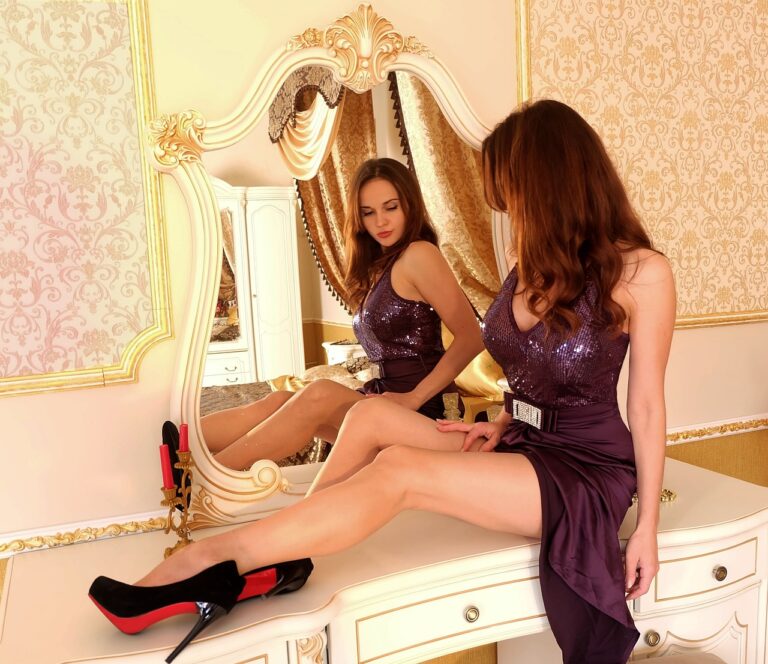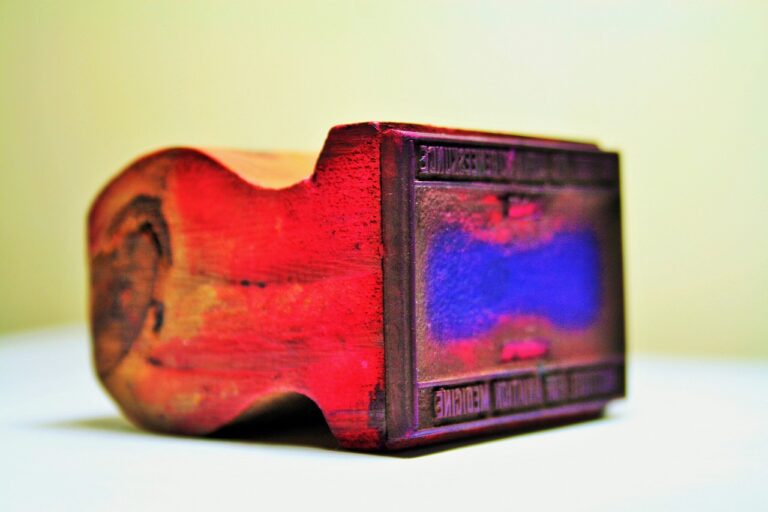Fashion and Performance: The Role of Clothing in Stage and Screen
Costume designers play a vital role in the world of theatre production. They are responsible for collaborating with directors, actors, and other members of the creative team to bring characters to life through clothing choices. By carefully considering the time period, setting, personality traits, and relationships of each character, costume designers help to enhance the overall storytelling of a performance.
The expertise of costume designers extends beyond simply selecting outfits. They must also possess strong research skills to ensure historical accuracy or appropriate cultural representation in their designs. Additionally, they need to have a keen eye for detail, as even minor costume elements can greatly impact the audience’s perception of a character. In essence, costume designers are essential collaborators in translating the script into a visual language that enriches the audience’s theatrical experience.
The Evolution of Costume Design in Theatre
Costume design in theatre has undergone a remarkable transformation over the years. From the early days of elaborate, ornate attire solely used to differentiate characters to the modern approach of strategic and symbolic costume choices that enhance character development and storytelling, the evolution is evident. Costume designers are now considered key collaborators in the theatre production process, working closely with directors, set designers, and actors to bring the script to life visually. They play a crucial role in translating the narrative into tangible garments that not only make the characters believable but also convey underlying themes and motifs.
The shift towards more subtle, nuanced costume choices has allowed for greater depth and complexity in character development. Instead of relying solely on extravagant costumes to grab the audience’s attention, contemporary costume designers focus on creating outfits that provide insight into the characters’ personalities, motivations, and social status. The use of color, fabric, silhouette, and texture is carefully considered to communicate more than just the character’s external appearance, adding layers of meaning that enrich the audience’s understanding of the narrative. This evolution highlights the significant impact costume design has on enhancing the overall theatrical experience and the importance of thoughtful, purposeful clothing choices in conveying story elements.
The Influence of Clothing on Character Development
Costumes play a crucial role in shaping a character’s identity on stage. The choice of clothing can convey important information about a character’s background, personality, and social status. For example, a character dressed in lavish, extravagant attire may be perceived as wealthy and sophisticated, while a character in more casual or disheveled clothing may be viewed as more laid-back or carefree.
Moreover, costumes can also help to establish the time period and setting of a production. By carefully selecting clothing that is appropriate for a specific era or location, costume designers can transport audiences to different worlds and immerse them in the story being told. The right clothing choices can enhance the overall atmosphere of a performance and help to bring the world of the play to life.
• The choice of clothing can provide important information about a character’s background, personality, and social status
• Lavish attire can convey wealth and sophistication, while casual or disheveled clothing may suggest a more laid-back demeanor
• Costumes help establish the time period and setting of a production
• Carefully selected clothing appropriate for a specific era or location can transport audiences to different worlds
• The right clothing choices enhance the overall atmosphere of a performance and bring the world of the play to life
How important is costume design in theatre?
Costume design plays a crucial role in theatre as it helps bring characters to life and enhance the overall storytelling experience.
How does clothing influence character development?
Clothing can convey a character’s personality, social status, and background, ultimately shaping how they are perceived by the audience and influencing their development throughout the story.
Who are the key actors in costume design?
The key actors in costume design include the costume designer, director, actors, and sometimes even the playwright, all working together to create visually compelling and character-appropriate costumes.
How has costume design evolved in theatre over time?
Costume design has evolved from simple, functional costumes to elaborate, detailed creations that play a significant role in character development and storytelling on stage.







